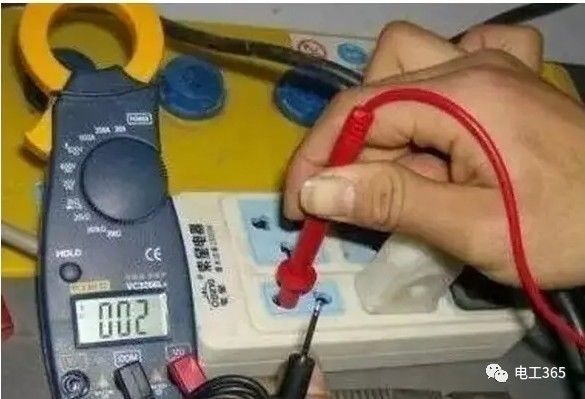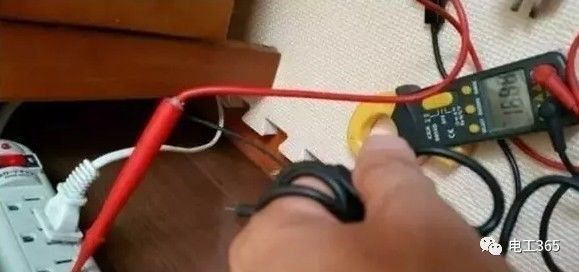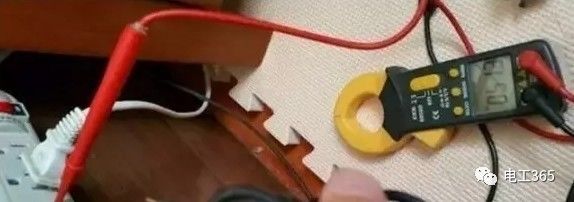How to Measure Leakage Current with a Multimeter?
How to measure leakage current with a multimeter, methods for measuring leakage current.
Using the continuity setting of the multimeter, measure the ground against the part of the circuit being tested. If the meter shows a resistance value, it indicates that there is no insulation.
However, in reality, to measure leakage current, you should use an insulation resistance tester, also known as a megohmmeter. This is because the voltage across the probes of a multimeter is very low, generally not exceeding 9V, which cannot break down the gap for leakage current. An insulation tester can reach over 1000V. Connect the multimeter leads to the corresponding terminals for measuring AC voltage, then use one probe to measure the neutral line or ground, and the other probe to measure the suspected leakage point. If the reading is 0, it indicates no leakage current and no voltage! If the reading shows 220V or any voltage exceeding 36V, it indicates leakage, meaning this point is unsafe!
Use the resistance setting on the multimeter at the 200M range to measure insulation resistance, first determining which wire is leaking or which two wires are shorted.
Methods are as follows:
Measure the insulation resistance of the live wire and neutral wire, measure the insulation resistance of the live wire to ground, and measure the insulation resistance of the neutral wire to ground. If there is a short circuit, the insulation resistance will be close to zero.
Once you know which wire is leaking, you can use a sectional search method to gradually narrow down the fault range.
Alternatively, use the elimination method by testing the circuit in segments after separating the wires.
How to Distinguish Between Neutral and Live Wires with a Multimeter
Generally, to identify the neutral and live wires in the mains, a low-voltage test pen should not be used; can a multimeter distinguish between live and neutral wires?
The answer is yes, the method is as follows:
Set the multimeter range switch to the AC voltage 250V or 500V setting. Connect the black probe to a water pipe or wet ground indoors, or to the earth, and touch the red probe to the power line or power socket. The higher voltage reading on the multimeter indicates the live wire, while a lower or zero voltage reading indicates the neutral wire.
Method for Measuring Neutral and Live Wires with a Digital Multimeter
Using a multimeter, you can easily measure the neutral and live wires in your home, as long as you use a digital multimeter, clamp meter, or analog multimeter set to the AC voltage range. Set the multimeter range switch to the AC voltage range (most multimeters have this function, with a range from 200mV to 750V; generally, the 200V range is selected, and some clamp meters do not have a 200V range, so choose a larger range).
For analog multimeters, select a smaller range, such as 10V or 100V. Then insert the red and black probes into the V/COM terminals (usually used for measuring 220V voltage in household sockets). Wrap the black probe wire around your left hand 2-3 times (as shown in the image). The more wraps, the better. Note: At this time, do not let the metal tip of the black probe touch your hand to avoid electric shock, and then you can start testing. Use the red probe to measure the socket or the neutral and live wires, and record the results of the two measurements. There will definitely be one high and one low voltage reading; the higher voltage reading is the live wire, while the lower voltage reading is the neutral wire. If you measure the ground wire, it should show an even lower voltage or no voltage at all (depending on whether your ground wire is connected!). The difference in voltage readings between the neutral and live wires is clear at a glance.





Source: Electric Power Forum

Please Follow Inner MongoliaGu Chao High Voltage Power Supply Bureau
Training Center Official Account


